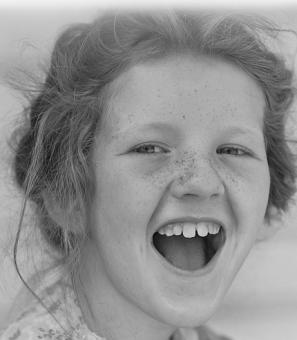Impressions of Washington: Marian Campbell Gouvernuer, 1845
Marian Campbell Gouvernuer was a New Yorker who made her life in Washington in the second half of the 19th century. Her memoir As I Remember covers a period of eighty years, much of it taking place in Washington, but of particular interest is the chapter describing Gouvernuer’s first visit to Washington in 1845. Gouvernuer gives a snapshot of the capital in very distinct time of the city — still a young city and still immersed in that peculiar institution of slavery. This description, especially concerning the haphazard city planning, falls well in line with previous Impressions of Washington we've posted on the blog.
Mrs. Winfield Scott in 1855 characterized the National Capital as an “ill-contrived, ill-arranged, rambling, scrambling village”; and it was certainly all of that when I first saw it. It is not improbably that the cause of this condition of affairs was a general feeling of uncertainty as to whether Washington would remain the permanent seat of government, especially as the West was clamoring for a more centrally located capital. …The ubiquitous real-estate agent had not yet materialized, and corner lots, now so much in demand, could be purchased at a small price. Taxation was moderate and Congress, then as now, held itself responsible for one-half of the taxes. As land was cheap there was no necessity for economy in its use, and spacious front were built regardless of back-buildings. In other cases, when one’s funds were limited, the rear of the house was first built and later a more imposing front was added.
[Houses in Washington were built with abundant space around them, in contrast to the crowded neighborhoods of New York.] Unlike many other cities, land in Washington, the, as now, was sold and taxed by the square foot.
My sister lived in a house on G Street near Twenty-First Street in what was then known as the First Ward. This general section, together with a part of Indiana Avenue, some portions of Capital Hill, Sixth and Seventh Streets, and all of the part of the city bounded on the north by K Street, on the south by Pennsylvania Avenue, and Westward of Fourteenth Street to Georgetown, was at this time the fashionable section of the city. Like many other places in its formative period, Washington then presented the Picture of Fine dwelling houses and shanties standing side by side. … As late as 1870 a fine residence on the corner of I and Fifteenth Streets was located next to a small frame house occupied by a colored undertaker.
Architects … were almost unknown in Washington at this time. When a person was sufficiently venturesome to build a house for himself, he selected a residence suited to his tastes and directed a builder to erect one like it. Speculative building as entirely unknown, and if any resident of the District had embarked upon such a venture he would have been regarded as the victim of a vivid but disordered fancy.
Gouverneur had a lot to say about the shopping in Washington, and exactly where the shops were located, and who ran the shops, and what was sold in them- Basically, if you plan on going back in time to the year 1845 with a shopping list, take this book.
The shops of Washington in 1845 were not numerous and were located chiefly upon Pennsylvania Avenue, Seventeenth Street then being a residential section. The most prominent dry-good store was kept by Darius Clagett at the corner of Ninth Street and Pennsylvania Avenue. Mr. Clagett, invariably cordial and courteous… kept an excellent selection of goods [but] it was usually the custom for prominent Washington folk to make their larger purchases in Baltimore.
Franck Taylor … was the proprietor of a bookstore on Pennsylvania Avenure, near Four-and-a-Half Street, where many of the scholarly men of the day congregated to discuss literary and current topics. … All the stores on Louisiana Avenue sold at retail. …
On Fifteenth Street opposite the Treasury was another well-known boarding house … much patronized by members of the Diplomatic Corps. Willard’s Hotel was just around the Corner on the site of the New Willard. Brown’s Hotel, farther down town, on Pennsylvania Avenue and Sixth Street, was a popular rendezvous for Congressional people. The National Hotel on the opposite corner was the largest hostelry in Washington. John Gadsby was its proprietor at one time, for who it usually went by the name of “Gadsby’s.”
When I first knew Washington, slavery was in full sway and, with but few exceptions, all servants were colored. The wages of a good cook were only six or seven dollars a month, but their proficiency in the culinary art was remarkable. …The grace of manner of many of the elderly male slaves of that day would, indeed, have adorned a court.
After a surprising number of personal anecdotes of the polite slaves of Washington being praised by fashionable and worldly people the chapter ends with a description of Gouvernuer’s sister, whose residence housed a popular salon.
Source:
Gouverneur, Marian. As I remember: Recollections of American Society during the Nineteenth Century. (New York and London: D. Appleton and Company: 1911)


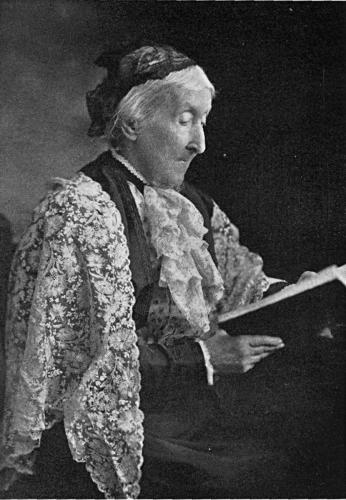
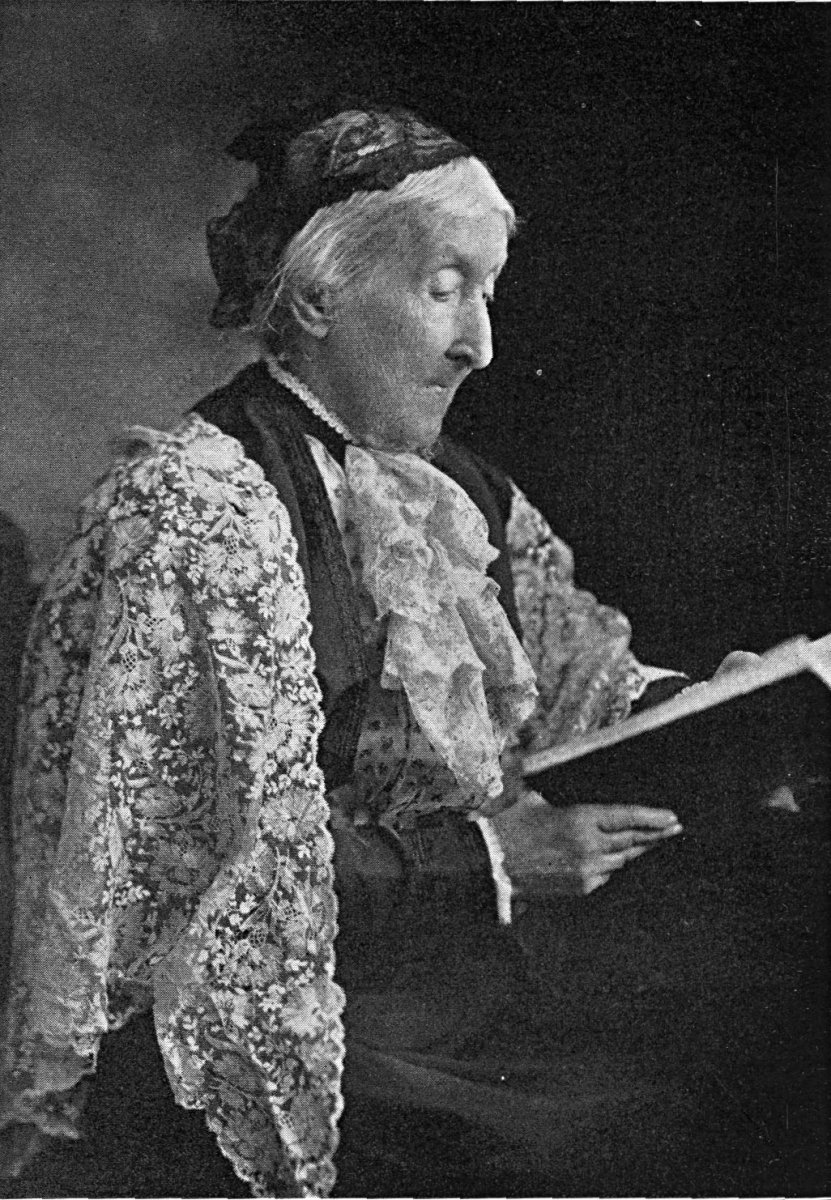
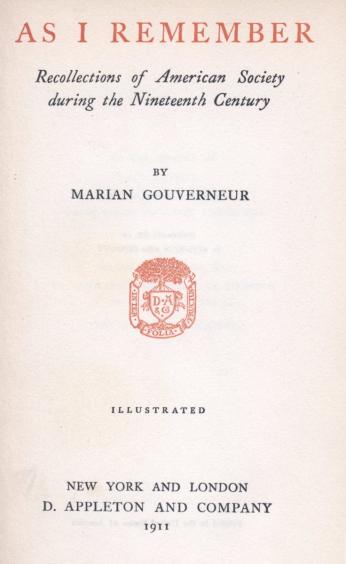
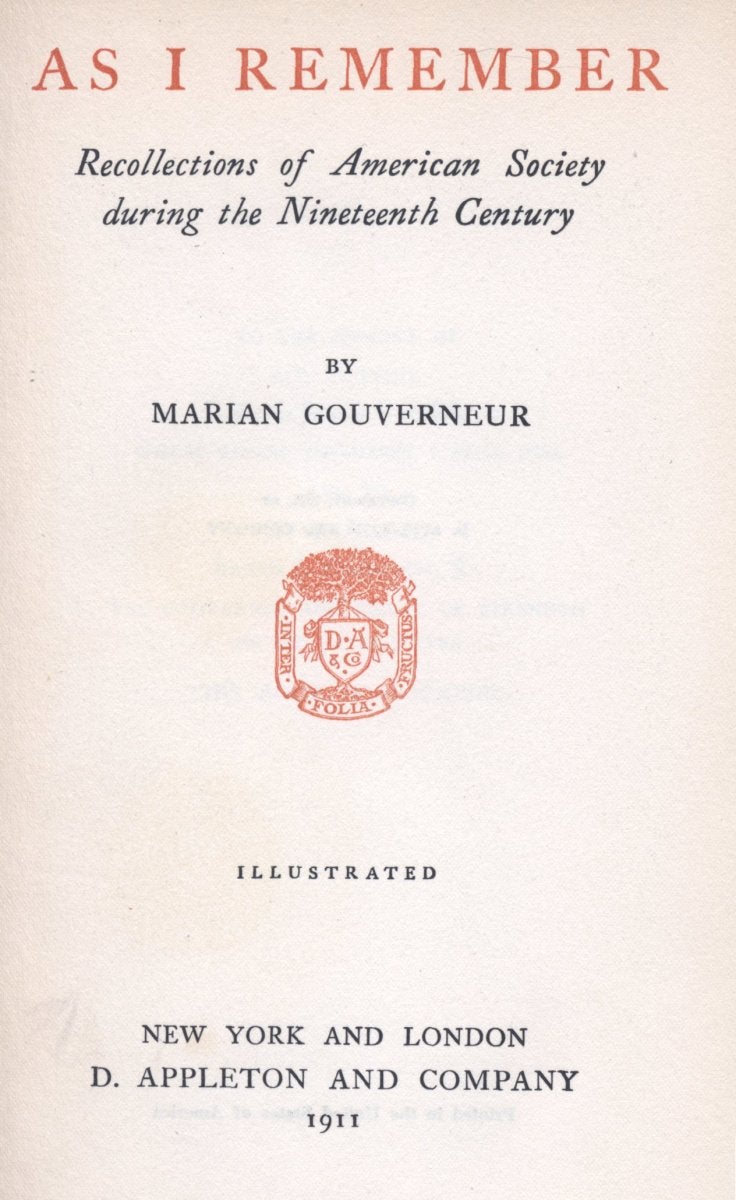
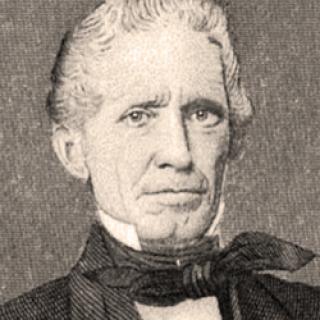
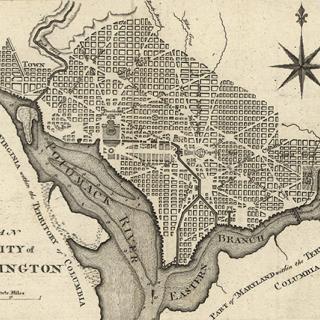
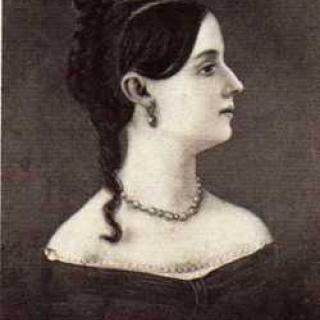
![Sketch of the mythical fuan by Pearson Scott Foresman. [Source: Wikipedia]](/sites/default/files/styles/crop_320x320/public/2023-10/Goatman_Wikipedia_Faun_2_%28PSF%29.png?h=64a074ff&itok=C9Qh-PE1)











